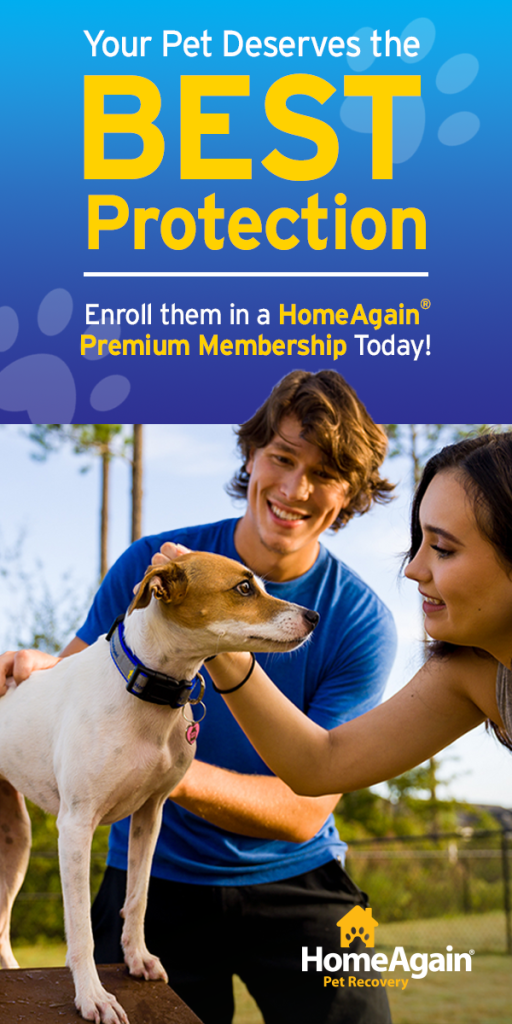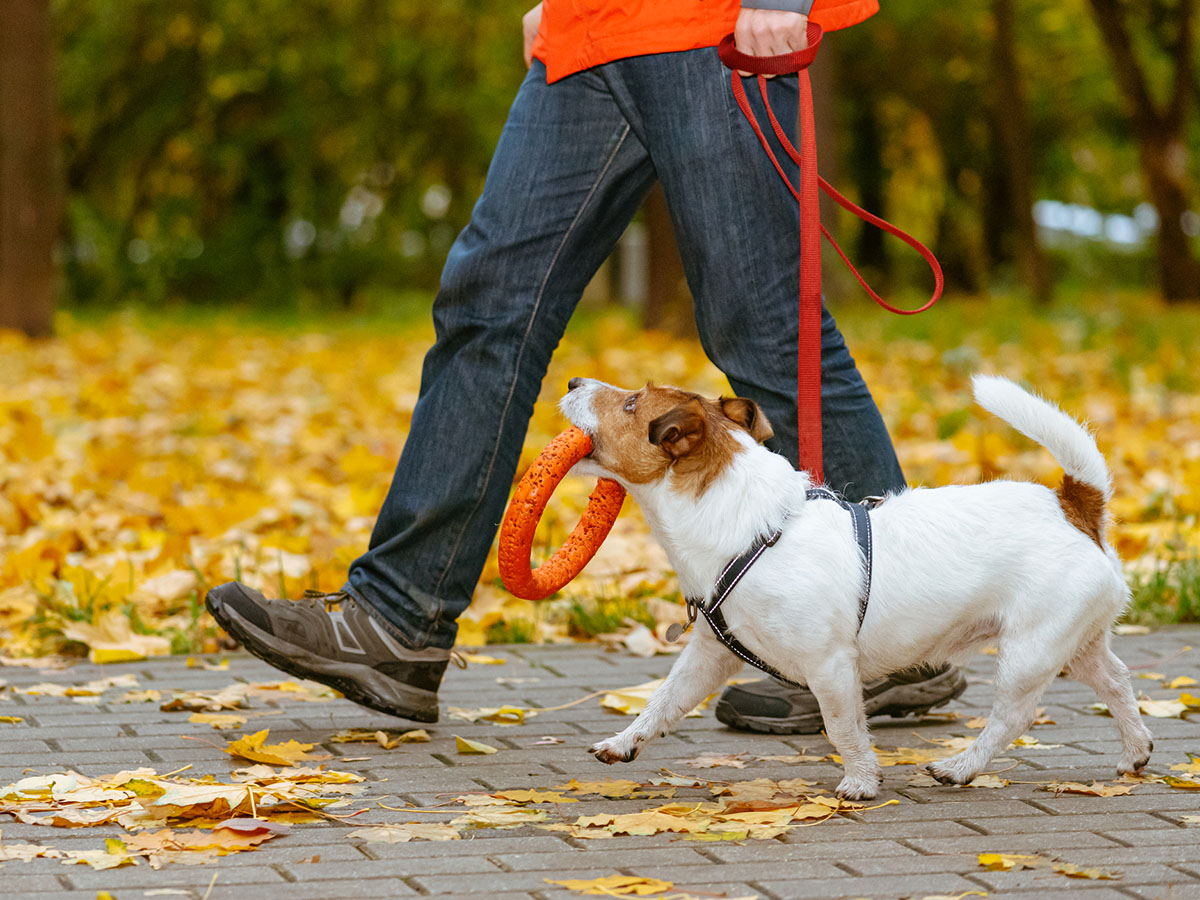When it comes to dog-proofing your outdoor space, no pet lover can afford to have tunnel vision. It’s imperative to know your dog’s characteristics and plan your space accordingly.
Consider a fence
Start by checking with local authorities to find out whether they impose height restrictions on boundary walls. A 5-foot fence should efficiently contain small and medium breeds but may simply provide an agility jump challenge for a border collie.
Fences should be at least 5-6 feet for medium to large-sized dogs to effectively prevent them from jumping over. It is equally important to choose a fence that reaches close to the ground to prevent digging. Check the spacing between pickets to make sure small dogs can’t slip through. Although fences may include extra costs and maintenance, they consistently train dogs and address any undesirable behaviors.1
Dog-proof your yard
In addition to a fence, there are other steps you can take to ensure your dog is safe and happy in the yard. First, it is always recommended you keep your pet up to date with flea, tick and heartworm preventatives.
Dogs love to explore and investigate. Provide a distraction away from the edges of our property with toys and interactive puzzles to keep them engaged. This ensures their safety and avoids any potential conflicts with neighbors or traffic.
To prevent overheating during warmer months, make sure your dog has access to clean, fresh water and shady spots in the yard.
Finally, when landscaping your yard, consider avoiding thorny plants and ensure that any plants and shrubs are non-toxic and non-poisonous to pets.2
What if my dog escapes?
For any pet that spends time outside, make sure they are microchipped and registered with a pet recovery database like HomeAgain. Microchipped dogs are 2.4 times more likely and microchipped cats are 21.4 times more likely to be found and reunited with their owner.3
Supervised outdoor play
Be cautious when allowing your dog outdoor yard access. 80% of lost pets go missing from their own yard by escaping through an open gate, jumping the fence, or pet thieves. Smaller dogs are also easy prey for predatory birds or coyotes depending on where you live. If you keep your dog on a lead line or tether, it’s important to ensure that it doesn’t become tangled around their neck.3
Sandy Robins is an award-winning pet lifestyle writer. Her work appears regularly in various national and international publications. She is a member of the Dog Writers Association of America and the Cat Writers Association of America.
References:
1. What is the best containment solution for you and your dog? West Suburban Humane Society. https://www.wshs-dg.org/resource-center/ask-the-trainer/131-ask-the-trainer/457-dog-containment
2. Poisonous Plants. American Society for the Prevention of Cruelty to Animals. https://www.aspca.org/pet-care/animal-poison-control/toxic-and-non-toxic-plants
3. Boudreau, Sarah. 5 Things You Need to Know About Microchipping Your Pet. Virginia-Maryland College of Veterinary Medicine. https://vetmed.vt.edu/news/2023/microchipping-your-pet.html
4. Chaining and tethering dogs FAQ. The Humane Society of the United States. https://www.humanesociety.org/resources/chaining-and-tethering-dogs-faq
Want to share this article?
More like this
Fall pet care
Tis the season for ticks, temperature changes, Halloween and other concerns for you and your pet. Prepare for autumn by learning how to protect your pet.
Lost dog? Your pet’s personality may provide clues
Shy? Social? If your dog ever gets lost, understanding his personality traits can help you determine where to look.
Emergency planning? Include your pets, too
Make sure pets have a place in your household’s emergency preparation and planning.







 Austria
Austria Belgium
Belgium Czech Republic
Czech Republic Denmark
Denmark Europe
Europe Finland
Finland France
France Germany
Germany Greece
Greece Hungary
Hungary Ireland
Ireland Israel
Israel Italy
Italy Netherlands
Netherlands Norway
Norway Poland
Poland Portugal
Portugal Romania
Romania Spain
Spain Sweden
Sweden Turkey
Turkey United Kingdom
United Kingdom United States
United States